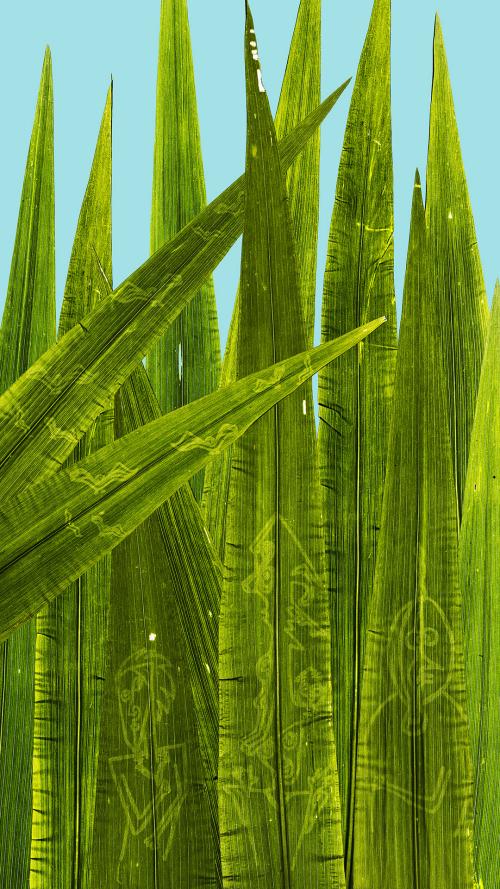
Considerations for Sci-Art Collaborations

Dr. Hangarter’s love affair with science communication via art began in 2003 with the sLowlife exhibit with the Indiana University fine arts department photographer, Dennis DeHart. At the time, many scientists were collecting data that was difficult to put into words (i.e., timelapse, videos, microscopy, etc.), but are beautiful and artistic to behold. Together, they curated a plant-focused exhibit that seemed abstract to artists, but concrete to scientists. The exhibit was so successful that it became a large-scale traveling exhibit featured across the country.
Dr. Hangarter emphasized the importance of unique methods of communicating science in their scope and accessibility. “Most scientific research publications are read by 10 to 20 people. A research publication with 100 citations is considered ‘high impact.’ sLowlife has been viewed by over 3 million people.” He articulated the value of involving artists in science communication. Scientists can throw emotionless data at the audience with little response, but artists tug at the heartstrings with a lasting impact. By getting people emotionally attached to science-related art, those same people likely become more engaged in that science and curious about it. Relevant and political topics, such as climate change, come to mind when thinking about emotionally-invoked science art topics.
Dr. Hangarter shared with us that he somewhat accidentally “fell into” communicating science via art, but that he had many takeaways and insights to share now that this aspect of his work has made him a distinguished professor.
Some of the questions he suggested to ask yourself before beginning a project like this is “Who are you trying to communicate with?” Knowing the education level of your audience is necessary when considering who you’ll reach and how to best reach them where they are. For children and education-focused topics, knowing how your content intersects with curriculums is helpful. Keeping your audience and goal of communication in mind will help you create a vision that is truly executable. If your message is more simple, you can keep your exhibit simple, but if your message is more complex (think explaining plant genomes) you’ll need to be more creative and clear in explaining your data in order to achieve engagement and understanding.
The ability to assess the success of your exhibit/show is also incredibly important. How is it impacting the audience? Coming up with ways to gauge what emotions, thoughts and beliefs are brought up for the audience is essential to know your project's success. Was your audience engaged and learning the concepts? What is the emotional and aesthetic response to your project? Assessing these things will require creativity and are likely personalized to each project, but can include things like tracking audience size, pre/post surveys and/or interviews of audience members, and employing professional project evaluators.
In the sLowLife exhibit, some of the art included in the exhibit were focused on how plants respond to their environment and cellular- and genome-level depictions of plants. Some aspects of the project required time-lapse videos to illustrate the scientific marvel of plant cellular make-ups, others were a deep look into the cellular makeup of plants. The scientist and the artist had to collaborate continuously in order to elaborately and effectively communicate and engage their audience.

Collaborations of this nature should have clear goals from the beginning. The goals of the two sides need to align, and the degree of intensiveness of the collaboration needs to be discussed. How much of the project needs to be approved by both parties and how much can be done independently? What is the medium of art and method of dissemination? Funding is also important to discuss at all stages, because art is not free and the time of everyone involved is valuable. Evaluating the relationship between the artist and the scientist should be ongoing in order to assess the success of the collaboration.
Dr. Hangarter’s takeaways regarding communicating science via art include the value of science/art collaborations. Science can reach an insurmountably larger audience by changing the way we communicate our work. Of course, barriers exist, such as lack of institutional support and the horrors of appeasing a public that is difficult to engage and impress. Yet artfully communicated science has the potential to act as a subliminal approach to disseminating and educating the public. While a difficult undertaking, there is incredible value in approaching new and engaging ways to practice science communication!
Lindsey Mooney is a graduate student in the UC Davis Psychology Department. You can follow her on Twitter @Linz_Mooney.
For more content from the UC Davis science communication group "Science Says", follow us on Twitter @SciSays.

Comments